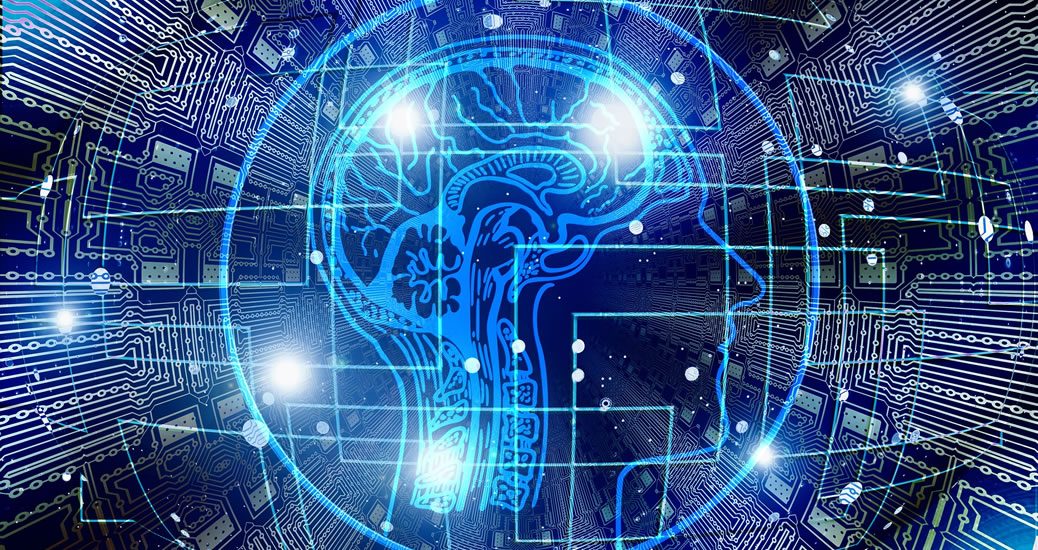In this article, we discuss the legal technology renaissance that is occurring. We look at the recent legal technology boom, at some examples, and at the benefits. We observe what is driving this renaissance and what obstacles it has to overcome. We look at the consequences for the legal market, and at how to make it work for you.
The Recent Legal Technology Boom
In recent years, we have experienced a veritable legal technology renaissance, or legal tech boom, as some call it. A multitude of factors contributed to this. We have more computing power than ever before, with cloud computers doing the heavy lifting. We have made significant breakthroughs in artificial intelligence. The legal market has been changing dramatically and the legal technology market has followed suit. Finally, the pandemic too has been a catalyst for change. Law firms were forced to reorganize the way they work and invest in technology to be able to do so. In the process, many law firms took this as an opportunity to also invest in technology to improve their service delivery model. As of June and July 2021, we witnessed the first legal technology IPOs.
This boom is expected to continue in the next few years. In fact, some say this renaissance is only starting, as the demand for legal expertise is exploding. Gartner, e.g., made the following predictions:
- By 2025, legal departments will increase their spend on legal technology threefold.
- By 2024, legal departments will replace 20% of generalist lawyers with non-lawyer staff.
- By 2024, legal departments will have automated 50% of legal work related to major corporate transactions.
- By 2025, corporate legal departments will capture only 30% of the potential benefit of their contract life cycle management investments.
- By 2025, at least 25% of spending on corporate legal applications will go to non-specialist technology providers.
Big law firms and legal departments have taken the lead in this legal technology renaissance. By now, mid-size law firms and small law firms are catching up and starting to reap the benefits as well.
Some examples
Let us have a look at some examples where legal technology has changed the ways law firms and legal departments operate. A first area has to do with streamlining the administrative operations of the law firm or legal department. Examples here include document automation, E-Billing, and E-Filing. A second area has to do with streamlining casework, where progress has been made with eDiscovery software and with case management software. In both areas, far more aspects of the overall process have been automated than ever before. A third area has to do with collaboration and exchange of ideas. We are seeing a steady rise in online collaboration tools, in the use of AI-enabled chatbots and virtual legal assistants, in online education, and in video conferencing, where the pandemic resulted in a sharp increase in the available tools. Finally, major progress has also been made in the availability and usage of different kinds of analytics. These provide us with new insights in how law firms and legal departments can be run more efficiently. They also offer new insights into patterns when conducting legal research. Predictive analytics, e.g., allow to predict the chances of success in specific cases.
Benefits
The benefits of this legal technology renaissance are threefold. A first benefit is greater efficiency and better service delivery. Automation reduces errors, speeds up and improves the quality of legal service delivery. It also allows for greater scalability. A second benefit is the greater insight we gain. These are the result of Machine Learning and analytics, but also of analyzing our workflows for automation so they can be optimized. Finally, the boom in legal technology is helping to bridge the Access to Justice gap.
What drives this legal technology renaissance?
There are three key concepts that are central to this legal technology renaissance. First, it Is about automation. The technological progress that has been made allows to automate far more of the legal service delivery process. The mantra has become to automate where possible to increase productivity and efficiency. If law firms want to remain competitive, automation is inevitable.
A second aspect of this boom has to do with Legal Digital Transformation. The Global Tech Council describes it as the digitizing all areas of legal expertise, including service delivery, workflow, procedures, team communication, and client interaction in the legal sector. The Internet has changed the way we live, where we spend part of our lives online, in a digital world. With some delay, the legal sector is becoming part of that digital world, too.
Finally, the legal technology renaissance is about a new legal services delivery model that is more efficiency-driven, more client-centred, and provides all stakeholders with more insight.
Issues / Obstacles
Not everybody is reaping the benefits yet of these technological breakthroughs. Lawyers are traditionally rather conservative when it comes to their adoption of new technologies. Richard Tromans points to two main issues that are obstacles to greater adoption.
A first issue is “the belief that any of the above applications that relate to automation and improved workflows are somehow an answer in and of themselves, rather than part of a much larger integrated approach to legal services delivery.”
The other challenge stems from the fact that these technologies change the way law firms operate. It isn’t as simple as plug and play. The technologies may not meet over-elevated expectations. And the implementation of new technologies needs to be part of a bigger strategy around service delivery. In essence, these changes need an engagement from not only the IT team, but from the lawyers as well, who will need a hybrid mix of skills. Tromans warns that this can lead to disillusionment and people backing away.
Consequences on the legal market
This legal technology boom is changing the legal market. We already pointed out that it changes the way law firms and legal departments operate. As mentioned above, this technology boom is introducing new legal services delivery models that focus on being more client-centred, on increased efficiency, and increased insight.
As second consequence is the introduction of new players on the legal market. There are plenty of alternative legal service providers. Some of these offer services to legal consumers. These include, e.g., legal chatbots like DoNotPay or DivorceBot. Most of them, however, offer specialized services for law firms and legal departments. These include services like eDiscovery, document automation and review, legal research assistance, analytics, etc.
A third change has to do with the hybrid skill set that is needed in this changed service delivery model. More and more bar associations are opening up to changes in the corporate structure of firms offering legal services. Law firms are allowed to have shareholders, co-owners, and directors that are not lawyers. At the same time, corporate entities are being allowed to offer certain legal services. Some bars are even considering giving accreditation to some alternative legal service providers.
How to make the legal technology renaissance work for you
Making the legal technology renaissance work for you is not a guaranteed immediate success story. Here are some considerations that may be useful.
There are four key elements to planning your digital transformation process. The first two are the selection of 1) the best legal platform, 2) and the best IT infrastructure for that platform. This includes deciding whether to host on-site or in the cloud or opting for a hybrid solution. 3) Understand that optimizing workflows involves legal engineering. And 4) If you are going to use AI-powered solutions, you will need Machine Learning support.
When choosing your best legal platform, consider that the 2021 ABA Legal Tech Survey support observed that as a rule, most solutions work out-of-the-box, and that no customization is required. Experience has also shown that directly using the solution out-of-the-box allows to reap more benefits and faster.
Experience also demonstrated that an incremental implementation strategy tends to be more successful than a once-off big-bang transformation. Such a staged approach leads to success faster and more consistently.
Digital transformation projects tend to be more successful if the firm has some product champions, i.e., users who commit to familiarizing themselves with the solutions first. They can then assist others, show them how to reap the benefits of the new technologies, and convince others to start using them, too.
While implementing a digital transformation process, focus on business outcomes rather than on features. And set realistic ROI benchmarks.
Conclusion
The legal technology boom is disrupting the legal market for the better. As implementing these new technologies changes the way we work, some growing pains are to be expected. A balanced and staged implementation approach offers the biggest chances of success. To remain competitive in a changing market, law firms and legal departments have no choice but to adapt. Some fear that all these changes will make law firms obsolete. The experts don’t agree. Tromans points out that, while technology is very important in moving today’s legal sectors forward, there will undoubtedly always be a need for a human presence and personal connection with clients.
Sources:
- https://www.gartner.com/smarterwithgartner/5-legal-technology-trends-changing-in-house-legal-departments
- https://www.nasdaq.com/articles/legal-technology:-why-the-legal-tech-boom-is-just-getting-started-2021-10-11
- https://www.artificiallawyer.com/2019/03/11/the-middle-way-an-integrated-approach-to-legal-technology/
- https://www.globaltechcouncil.org/data-science/transformation-of-legal-sector-through-technology/
- https://www.artificiallawyer.com/2017/02/10/ai-and-the-legal-renaissance/
- https://abovethelaw.com/2019/03/the-legal-tech-renaissance-and-making-it-work-for-you/
- https://www.legal.io/articles/5310824/LegalTech-Boom-Brings-Big-Contenders-in-the-Legal-Industry-to-Consider-Alternative-Business-Structures
- https://www.lawyer-monthly.com/2019/06/will-the-legal-tech-boom-make-traditional-law-firms-obsolete/









